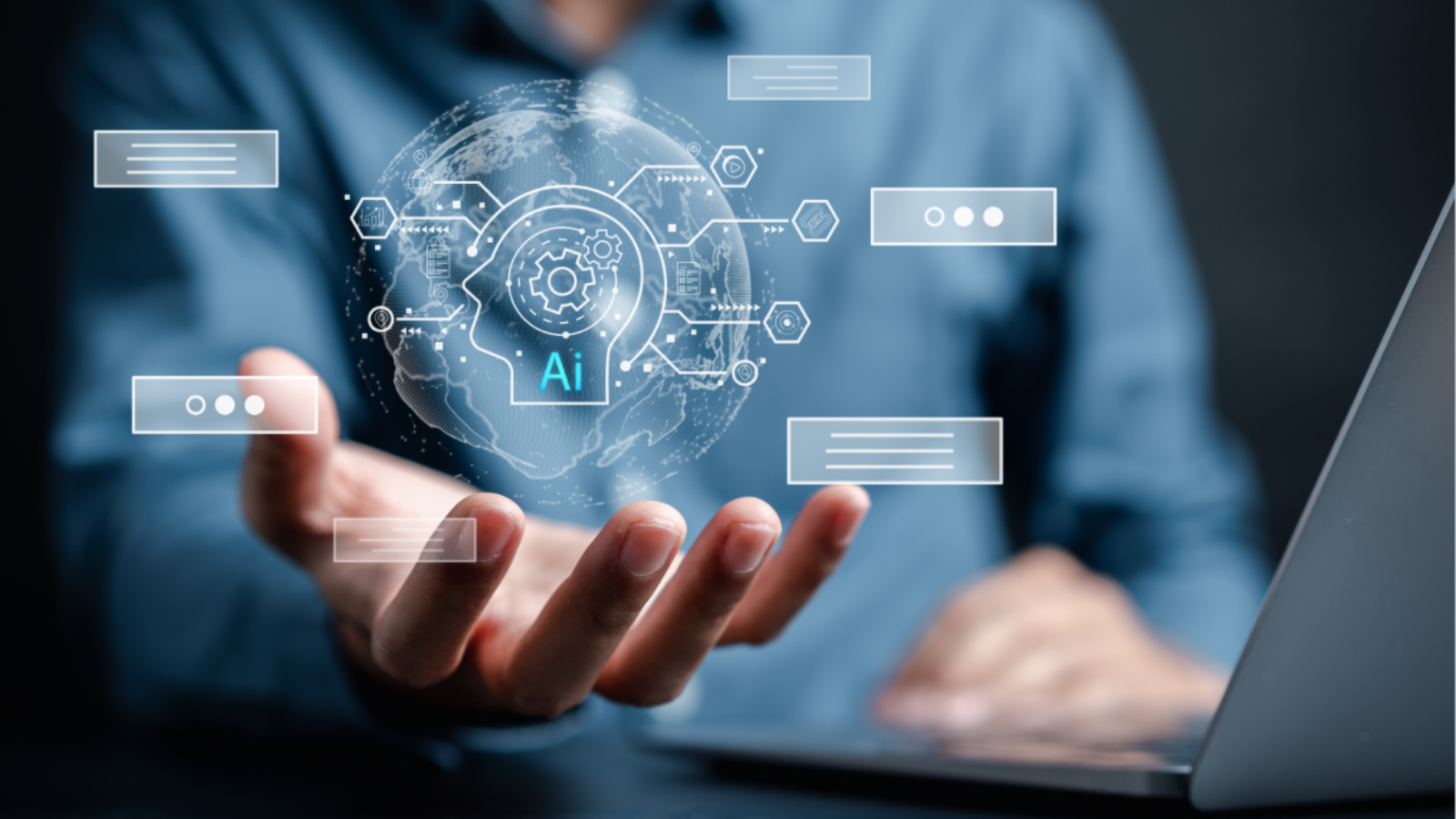In the ever-evolving landscape of digital marketing, Artificial Intelligence (AI) and Machine Learning (ML) have emerged as transformative forces, particularly in the realm of email marketing. These technologies are revolutionizing how businesses approach email campaigns, offering unprecedented levels of personalization, efficiency, and data-driven insights. This article delves into how AI and ML are reshaping email marketing, exploring their applications, benefits, challenges, and future prospects.
1. Introduction to AI and Machine Learning in Email Marketing
AI refers to the simulation of human intelligence in machines programmed to think and learn. Machine Learning, a subset of AI, involves algorithms that improve their performance as they are exposed to more data. In email marketing, these technologies are used to automate processes, optimize campaigns, and enhance personalization, ultimately driving higher engagement and conversion rates.
2. Applications of AI and Machine Learning in Email Marketing
2.1 Personalized Content and Recommendations
One of the most significant impacts of AI in email marketing is the ability to deliver highly personalized content. Traditional email marketing often relied on static content, which could only cater to broad audience segments. AI and ML change this by analyzing user data to create dynamic, personalized experiences.
- Behavioral Analysis: AI algorithms analyze past user interactions, such as email opens, clicks, and website behavior, to predict future actions. This enables marketers to tailor content to individual preferences and behaviors. For instance, if a subscriber frequently reads articles about travel, they might receive emails featuring travel-related content or offers.
- Product Recommendations: E-commerce businesses leverage AI to recommend products based on browsing history, past purchases, and similar users’ behavior. Machine Learning models analyze vast amounts of data to identify patterns and predict products that a subscriber is likely to be interested in, leading to more relevant and effective recommendations.
- Dynamic Content: AI-driven platforms can adjust email content in real time based on user data. This means that different subscribers might see different images, offers, or calls-to-action within the same email campaign, all tailored to their individual preferences and behaviors.
2.2 Predictive Analytics and Behavior Forecasting
Predictive analytics uses historical data to forecast future outcomes. In email marketing, this involves predicting which subscribers are most likely to engage with emails, make a purchase, or churn.
- Engagement Prediction: Machine Learning algorithms can analyze patterns in email interactions to predict which subscribers are likely to open or click on future emails. This helps marketers focus their efforts on high-potential leads and optimize send times for better engagement.
- Churn Prediction: By analyzing engagement metrics and user behavior, AI can identify subscribers who are at risk of unsubscribing or becoming inactive. This allows marketers to implement retention strategies, such as targeted re-engagement campaigns, to retain valuable subscribers.
2.3 Automated Campaign Management
AI and ML streamline campaign management by automating various tasks, which improves efficiency and reduces manual effort.
- Email Scheduling and Optimization: AI tools can determine the optimal time to send emails based on individual subscriber behavior and historical data. This ensures that emails are delivered when subscribers are most likely to engage, enhancing open and click-through rates.
- Subject Line Optimization: Machine Learning algorithms analyze historical email performance to generate subject lines that are likely to resonate with subscribers. A/B testing powered by AI can quickly identify the most effective subject lines, leading to higher open rates.
- Content Generation: AI can assist in generating email content, including writing copy, creating subject lines, and even designing visual elements. Natural Language Processing (NLP) technologies enable AI to craft personalized and relevant content at scale, reducing the need for manual content creation.
2.4 Enhanced Segmentation and Targeting
AI and ML enhance segmentation by analyzing complex data sets to identify more nuanced audience segments.
- Behavioral Segmentation: Machine Learning algorithms can segment subscribers based on detailed behavior patterns, such as browsing history, purchase behavior, and email engagement. This enables more precise targeting and personalized messaging.
- Predictive Segmentation: AI can predict future behavior and segment subscribers accordingly. For example, subscribers predicted to make a purchase in the near future can be targeted with specific offers or incentives.
- Lookalike Audiences: AI can identify new potential subscribers who exhibit similar behaviors and characteristics to your existing high-value customers. This helps expand your reach and attract more qualified leads.
3. Benefits of AI and Machine Learning in Email Marketing
3.1 Increased Personalization
AI and ML drive a higher level of personalization by analyzing individual subscriber data and tailoring content to their specific preferences and behaviors. Personalized emails lead to higher engagement, increased open rates, and better conversion rates.
3.2 Improved Efficiency
Automation powered by AI reduces the time and effort required to manage email campaigns. Tasks such as content creation, scheduling, and performance optimization are streamlined, allowing marketers to focus on strategy and creative aspects.
3.3 Enhanced Customer Insights
AI provides deeper insights into customer behavior and preferences by analyzing large data sets. This helps marketers understand their audience better and make data-driven decisions to improve campaign effectiveness.
3.4 Higher Engagement and Conversion Rates
Personalized and relevant content, optimized send times, and targeted recommendations result in higher engagement rates. Improved targeting and content relevance also lead to increased conversion rates and ROI.
4. Challenges and Considerations
4.1 Data Privacy and Compliance
The use of AI and ML in email marketing involves collecting and analyzing large amounts of subscriber data. Marketers must ensure that they comply with data privacy regulations, such as GDPR and CCPA, and obtain explicit consent from subscribers.
4.2 Data Quality and Accuracy
AI and ML models rely on high-quality data to make accurate predictions and recommendations. Ensuring data accuracy and cleaning data regularly is essential to avoid biased or incorrect outcomes.
4.3 Complexity and Implementation
Implementing AI and ML solutions can be complex and require technical expertise. Marketers need to invest in the right tools and platforms, and potentially work with data scientists or AI specialists, to effectively leverage these technologies.
4.4 Balancing Automation with Human Touch
While automation enhances efficiency, it’s important to balance it with a personal touch. Over-reliance on AI-generated content and automation can lead to generic or impersonal communications. Maintaining a human element in email marketing is crucial for building genuine connections with subscribers.
5. Future Trends in AI and Machine Learning for Email Marketing
5.1 Advanced Predictive Analytics
Future developments in AI will likely lead to more sophisticated predictive analytics, enabling marketers to anticipate customer needs and behaviors with even greater accuracy. This could include predicting lifetime value, churn rates, and future purchasing trends.
5.2 Integration with Other Emerging Technologies
AI and ML will increasingly integrate with other emerging technologies, such as augmented reality (AR) and virtual reality (VR), to create immersive email experiences. For example, AR could be used to visualize products within emails.
5.3 Enhanced Natural Language Processing
Advancements in NLP will further improve the ability of AI to understand and generate human-like text. This will enhance content generation capabilities, allowing for even more personalized and engaging email communications.
5.4 Ethical AI and Transparency
As AI becomes more prevalent in email marketing, there will be a greater emphasis on ethical AI practices and transparency. Marketers will need to ensure that AI is used responsibly and that subscribers are informed about how their data is being used.
6. Conclusion
AI and Machine Learning are transforming email marketing by enabling deeper personalization, automating processes, and providing valuable insights. These technologies offer significant benefits, including increased engagement, improved efficiency, and higher conversion rates. However, marketers must also navigate challenges related to data privacy, accuracy, and implementation complexity. As AI and ML continue to evolve, they will drive further innovations in email marketing, making it an even more powerful tool for connecting with and engaging customers. Embracing these technologies strategically and responsibly will be key to leveraging their full potential and achieving marketing success.

